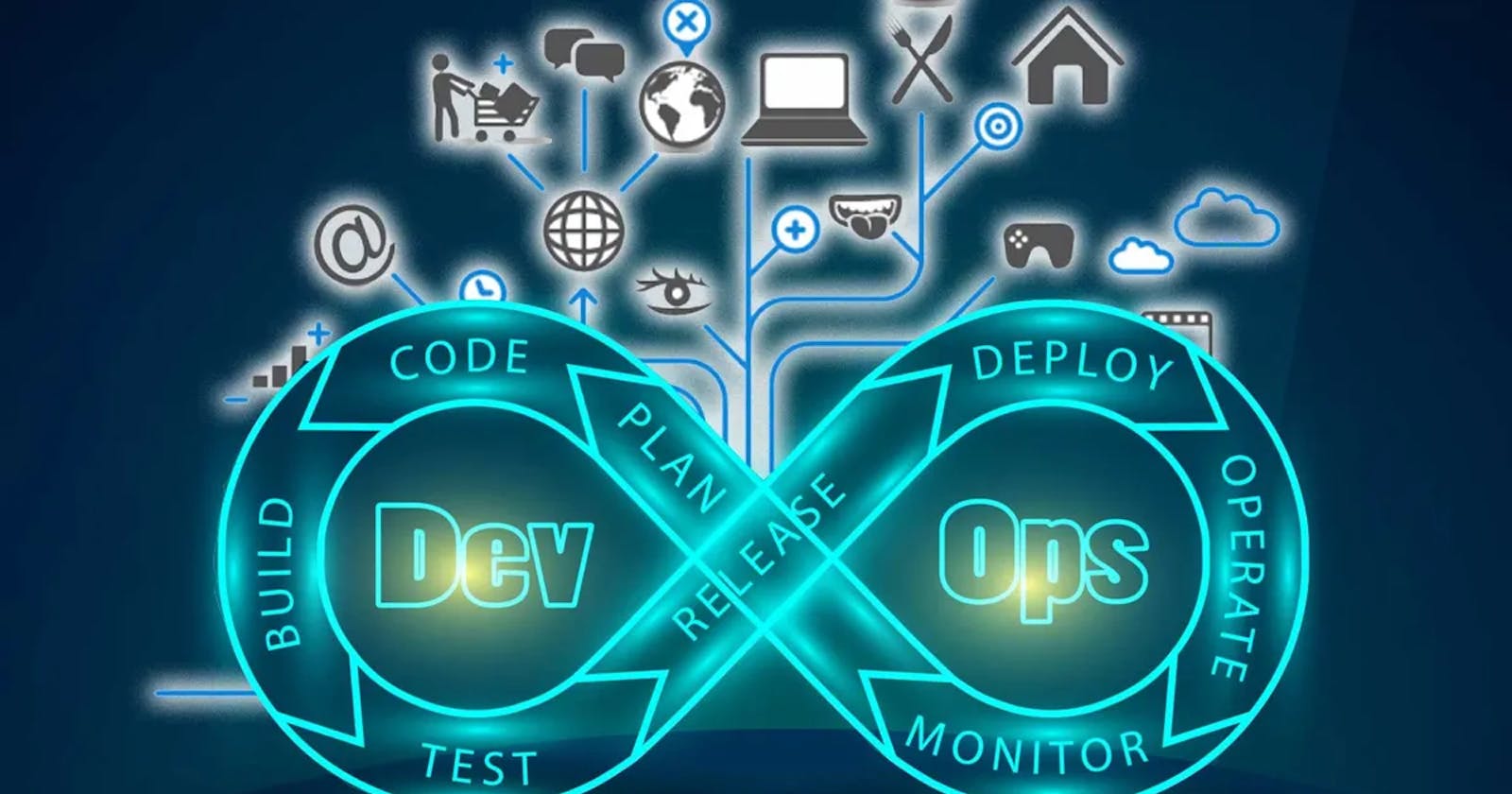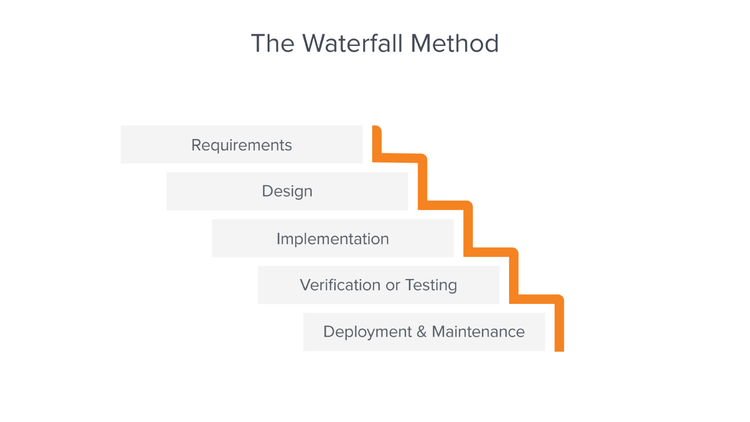DevOps and its SDLC Model
 Muhammad awab Ahmed
Muhammad awab Ahmed
Introduction to DevOps
History of DevOps (Storytime)
The history of DevOps can be traced back to the early 2000s when Agile development methodologies were gaining popularity. While Agile helped to break down silos between developers and testers, it did not address the operational side of software development, leading to a divide between development and operations teams.
The term “DevOps” was first coined in 2009 by Patrick Debois, a software developer who was frustrated by the lack of communication and collaboration between development and operations teams. Debois organized the first “DevOpsDays” conference in Belgium, which brought together developers, operations professionals, and other stakeholders to discuss the challenges of software development and operations.
In the years that followed, DevOps gained popularity as more organizations recognized the benefits of breaking down the silos between development and operations teams. DevOps practices and tools continued to evolve throughout the 2010s, with a growing focus on automation and continuous delivery.
Today, DevOps has become a standard approach to software development and operations, with a wide range of tools and practices available to help teams work more collaboratively and efficiently.
DevOps
DevOps is not a tool it is a mindset/philosophy/methodology that enables organizations to deliver high-quality software products and services at a faster pace.
In simpler terms, integrating software development and IT operations teams to automate infrastructure, workflows and code testing is DevOps.
Benefits of DevOps
Implementing software development practices such as DevOps can bring about numerous benefits to organizations. One such advantage is improved collaboration among teams. By automating several processes, teams can focus on their specific areas of expertise and work together more efficiently towards a common goal. This not only accelerates software delivery but also results in high-quality software that meets the needs of the end users. Furthermore, DevOps can also improve product reliability by enabling teams to identify and fix issues quickly, minimizing downtime and improving the overall user experience. With DevOps, organizations can streamline their software development process and focus on improving the business by delivering reliable and high-quality software to their customers.
The DevOps Cycle
The DevOps process typically involves several stages or phases that include planning, coding, building, testing, releasing, deploying, operating, and monitoring. Here is a brief overview of each stage and some of the commonly used tools in each:

1. Plan: Defining the objectives, requirements, and scope of the software project. Tools used: Jira, Trello, Asana
2. Code: Writing and reviewing code for the software. It includes version control, code review, and collaboration among developers. Tools used: Git, GitHub, Bitbucket, GitLab
3. Build: Compiling the code and generating executable files Tools used: Gradle, Maven
4. Test: Testing for bugs and errors. Tools used: Selenium, JUni
5. Release: Preparing the software for release and production. Tools used: Jenkins
6. Deploy: Deploy the software to production environments. Tools used: Kubernetes, Docker, Ansible, Chef, Puppet
7. Operate: Ensure smooth production. Tools used: Nagios, New Relic
8. Monitor: Monitoring for issues, bugs, and errors, and taking corrective action as needed. Tools used: Nagios
Stages of DevOps
1. Version Control: Collaborative coding, change/ update code. (GitHub)
2. Continuous Integration (CI): Integrating and testing code changes frequently to ensure that code is working as expected and there are no conflicts. (Jenkins)
3. Continuous Delivery (CD): Deploying code changes to a testing environment, and automating the delivery process to ensure that new features and updates are released quickly and reliably. (Maven integrated with Jenkins)
4. Continuous Deployment (CD): Deploying code changes directly to production without any manual intervention, ensuring that code is delivered quickly and consistently. (Ansible, Chef, Puppet, Kubernetes, Docker)
5. Continuous Monitoring: Monitoring the software in production and identifying issues or bugs as they arise, so that they can be quickly resolved.
Software Development Life Cycle
The Software Development Life Cycle (SDLC) is a process that is used to develop software applications. It consists of several phases that are designed to ensure that software is developed and delivered in a structured and controlled manner.
Phases of SDLC
Planning: Defining the project scope, identifying the requirements, and creating a project plan.
Analysis: Gathering and documenting the requirements(functional and non-functional) for the software application. They are documented as SRS(Software Requirement Specification).
Design: Software architecture is designed i.e., the overall structure of the application, user interface, and the database schema. It’s documented as DDS(design document Specification) and is shared with the stakeholder and analysts for review.
Development/ Implementation/ Coding: Implementing the design and coding of the software.
Testing: Deploying the software in a testing environment and fixing bugs and defects. This helps check the reliability, security, and scalability of the software.
Deployment: Installing the software, configuring it, and ensuring that it is running smoothly and efficiently.
Maintenance: Fixing bugs and defects, updating the software to meet changing requirements, and ensuring that it remains secure and reliable.
SDLC Models
Waterfall Model

Sequential approach.
One phase must be completed before moving to the next.
Requirements are gathered in the beginning. (rigid)
Fixed scope.
No flexibility or adaptability.
Works on a fixed timeline.
Testing is done at the end of the project.
No customer involvement. (only in the start and end)
Spiral, Iterative and RAD Models
Spiral uses a risk-driven approach.
Each iteration includes an evaluation and risk analysis.
It’s used by large teams and projects having complex requirements.
The iterative model breaks the project into sprints.
Each sprint includes the planning, development and testing phases.
It is used for projects requiring continuous improvement.
RAD allowed rapid prototyping and iterative development.
These models were introduced to cover the shortcomings of the waterfall model but they did not bring any revolutionary change.
Agile Model

It uses an iterative incremental approach.
The project is broken down into small iterations. (sprints)
Follows the scrum framework.
Requirements are gathered incrementally and they keep changing.
Flexible and adaptable.
The project evolves over time; it does not work on a fixed time frame.
Each sprint includes the planning, development and testing phases.
Ensures team collaboration and customer involvement.
In conclusion, DevOps is an approach to software development that emphasizes collaboration, communication, and automation between software developers and IT operations teams. We learned that to understand DevOps, it’s important to have a solid understanding of the software development life cycle (SDLC), which includes several phases such as planning, designing, coding, testing, and deployment. The Waterfall and Agile models have emerged to address the shortcomings of traditional approaches to software development. While both models have their strengths and weaknesses, Agile has become the de facto standard for many software development teams due to its emphasis on flexibility, collaboration, and continuous improvement. Ultimately, by embracing DevOps principles and best practices, organizations can accelerate their software development processes and deliver better products to their customers.
Subscribe to my newsletter
Read articles from Muhammad awab Ahmed directly inside your inbox. Subscribe to the newsletter, and don't miss out.
Written by
